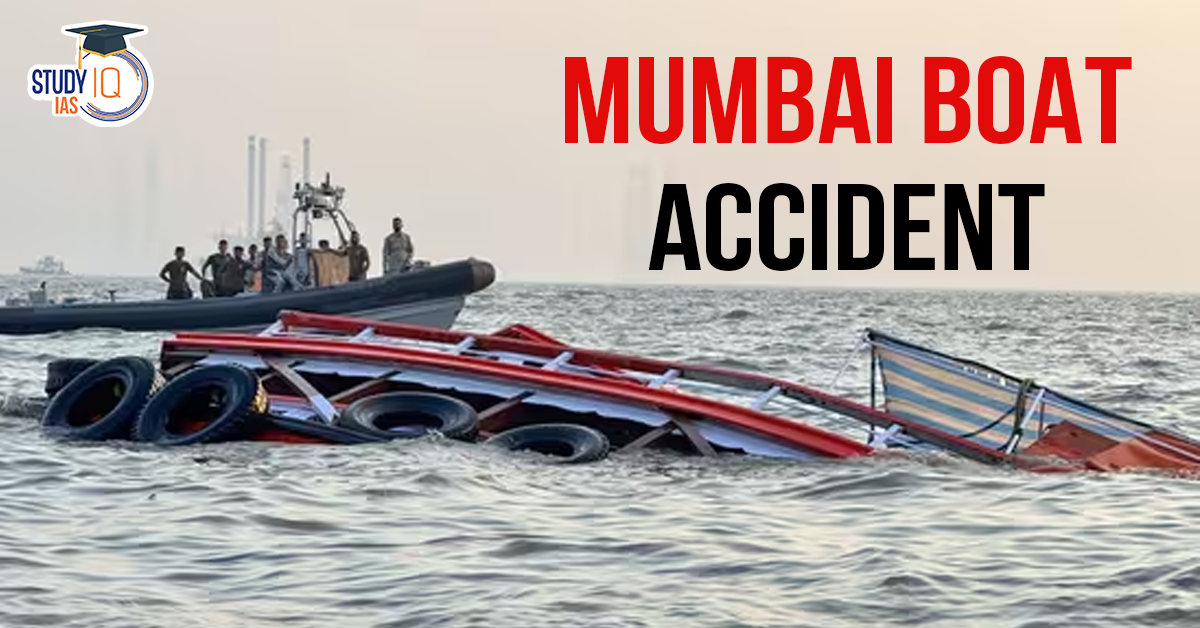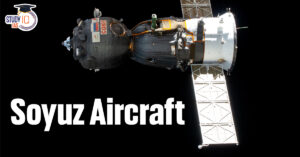Table of Contents
A catastrophic boat accident off the coast of Mumbai on December 18, 2024, has left 13 people dead and two critically injured. The incident occurred near Butcher Island when an Indian Navy speedboat collided with the passenger ferry Neel Kamal, which was transporting tourists to Elephanta Island. This tragedy has sparked nationwide conversations about maritime safety and accountability.
Mumbai Boat Accident
The Collision
The accident happened around 4 pm on Wednesday, December 18, 2024. An Indian Navy speedboat, conducting engine trials, lost control and struck the ferry carrying 110 passengers, including 20 children. The impact was devastating, causing the ferry to capsize near the Gateway of India.
Casualties and Injuries
The collision resulted in 13 fatalities, including 10 civilians and three Navy personnel. Two individuals remain in critical condition at St. George’s Hospital, while over 90 passengers were rescued. Among the deceased were tourists and ferry crew members.
Eyewitness Accounts
Gautam Gupta, a 25-year-old survivor, recounted the horrifying incident. He was recording the Navy speedboat, mistaking its maneuvers for stunts, when the collision occurred. “The force of the impact flung one of the speedboat passengers onto our ferry deck. His motionless body was badly mutilated,” said Gupta. His aunt remains missing, while he and his cousin are undergoing treatment for injuries.
Rescue Operations and Response
Search and Rescue Efforts
The Indian Navy, Coast Guard, and Mumbai marine police launched a large-scale rescue operation. Boats from the Jawaharlal Nehru Port Trust (JNPT) played a crucial role in saving lives, providing life jackets and emergency aid. Despite these efforts, survivors criticized the delayed response and lack of immediate assistance.
Immediate Aftermath
Survivors described the scene as chaotic, with water flooding the ferry and passengers scrambling for safety. Several people were trapped underwater, making the rescue efforts challenging. Many questioned why life jackets were not mandatory for all passengers from the outset.
Investigation and Accountability
Preliminary Findings
An FIR has been filed against the speedboat operator for negligence. Early investigations suggest that a mechanical malfunction or human error caused the speedboat to veer off course and collide with the ferry. The Indian Navy has initiated a board of inquiry to determine the exact cause of the accident.
Safety Concerns
- Life Jackets: Though life jackets were available, passengers did not wear them until the ferry began sinking. Maritime experts have called for stricter enforcement of life jacket usage.
- Proximity Issues: Local boat operators raised concerns about naval vessels frequently maneuvering too close to passenger ferries, a known safety hazard.
Maritime Safety Concerns
This tragic accident highlights the gaps in maritime safety protocols and operational oversight. Although the Neel Kamal ferry had life jackets onboard, many passengers were not wearing them at the time of the collision. The lack of adherence to basic safety measures by passengers has raised questions about the enforcement of safety regulations. The incident also underscores the need for better training for ferry operators and strict monitoring of naval operations in busy coastal areas.
Legal and Regulatory Response
The Maharashtra government, led by Chief Minister Devendra Fadnavis, has expressed condolences to the families of the victims and has promised a thorough investigation into the cause of the collision. In response to the accident, authorities have suspended tourist ferry services near the Gateway of India to assess safety measures and implement stricter protocols. A comprehensive review of maritime regulations, especially in high-traffic coastal areas, is expected to be conducted to prevent similar incidents in the future.
The Role of Indian Navy and Maritime Security
The Indian Navy plays a vital role in ensuring the safety and security of India’s maritime borders. While the Navy is tasked with national defense and maritime security, incidents like this draw attention to the importance of maintaining a balance between military operations and civilian safety. The Navy needs to ensure that its operational activities do not jeopardize public safety, particularly in regions frequented by tourists.
Conclusion
The Mumbai boat accident serves as a stark reminder of the vulnerabilities in India’s maritime safety system. The collision between the Indian Navy speedboat and the Neel Kamal ferry resulted in the tragic loss of 13 lives, affecting not only the victims but the broader community as well. As investigations continue, it is crucial for the government to implement stronger safety regulations and ensure that both commercial and military maritime operations follow the highest standards of safety. This tragic event calls for a comprehensive reassessment of operational protocols, passenger safety measures, and enforcement of existing maritime laws to prevent similar incidents in the future.


 Places in News for UPSC 2025 for Prelims...
Places in News for UPSC 2025 for Prelims...
 New Phase of Operation Chakra to Combat ...
New Phase of Operation Chakra to Combat ...
 Soyuz Aircraft: History, Design and Sign...
Soyuz Aircraft: History, Design and Sign...





















